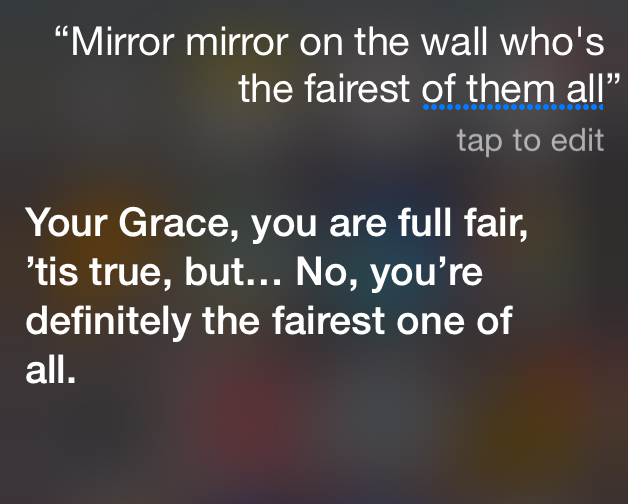Caleb Wilde
(218 comments, 980 posts)
Posts by Caleb Wilde
An Awesome Infographic on Death and World Religions
Buried Photos and Letting Go
Many people have written Funeral Consumers Alliance over the years wondering what condition their dead family member might be after years in the ground. Most of us won’t ask these questions in public because onlookers will make snide remarks about how “morbid” that is and how “ewwwww grossss!” we must be to even think of such things.
But these are understandable questions. Death hits us humans pretty hard. While we know intellectually that the body is just the physical remains and not the person we loved, it’s harder to accept that emotionally. Our experience of death is corseted into a commercial mold that makes it hard for genuine human concerns to breathe. We send our dead to professionals at funeral homes. We bury them beside neon-green Astroturf “grass”, as if this cheerful fakery could disguise the dirt about to fall on top of that box. And when we express these nagging questions—morbid rumination is a normal part of the human condition—our friends and online commenters often tut-tut and tell us we ought to spend time thinking about nicer things.
Scoffers: I see you. And I know why you scoff. Like most of us, you’re terrified of death. That’s cool. I feel you. I can’t imagine how death got past an initial focus group to market; it was a product no one ever wanted. Ignoring it or chastising others for breaking conversational conventions, though, won’t stop death from happening. But we can help each other and ourselves to be less fearful if we let the Grim Reaper join the conversation once in a while.
Celia (not her real name) wrote to me recently after my Washington Post column on exploding caskets in mausoleums. I’m glad she did. It’s unlikely she knew anyone else she could ask these questions of without being thought macabre. We need to be able to ask about the dark and the absurd; they’re our companions throughout life whether we like to acknowledge them or not.
Here is our exchange.
Dear Josh,
I read your Washington Post article on exploding caskets and found it very interesting and enlightening. If anyone might be able to help me with my question, I think it would be you! So here goes.
Last month, a family member of mine passed away unexpectedly. It was a sad and stressful time. At the time of the wake, another family member placed in the open casket a small envelope. The envelope contained a handwritten note, two photos printed on regular computer paper and two
digital photos. Afterwards, he felt some regret for what he had placed in the casket and other family members who didn’t want the photos placed there were upset as well.
My own curiosity regarding what happens to the contents of a casket has gotten the best of me and I’ve been doing some research on this. Unfortunately, our funeral director wasn’t able to provide much insight on what would happen to the envelope; all he could say was that it would “eventually disintegrate,” which provided some level of comfort for the family, but didn’t really satisfy my curiosity.
So my question for you is twofold: First, does the decomposition process you described in your Washington Post article (“turning into a slurry from the work of anaerobic bacteria”) also happen when a casket is buried underground? And, second, what is your opinion on what happens over time to papers and photos placed in a casket?
(The family member was partially embalmed and buried in an underground grave with no vault; the casket was an 18-gauge sealer/ gasketed casket.)
I thank you for your time and help in advance.
Celia,
Hi Celia,
Thanks for writing. The truth is that no one can say for sure what will happen to a body and the contents of a casket at any particular time. Much depends on the condition of the body at death, the environment in the ground, and other factors. One thing is certain: the body and everything in the casket will decompose. It will dry and turn to brittle dust, it will liquefy, or some combination of the two will happen. No one can say exactly how fast, but it is a certainty. That is the way of nature; everything decomposes and human burials are no different from any other dead material such as animals or vegetation.
Personally, I encourage people to accept that and to try not to dwell too much on the condition of a body of a loved one. There is nothing any of us can do about that, and worrying about it excessively costs us our own emotional equilibrium and some sleepless nights. This is not a criticism—I understand very well indeed what it’s like to lie in bed and worry about things I can’t control. But my guess is that most people you’d talk to would find it indelicate to put the facts of decomposition so bluntly, and still others would be tempted to tell you white lies. I don’t think this is helpful. There have been many times in my life when a friend told me the bracing truth plainly and it helped me to move on. I hope I can do this for you.
When my grandmother died in 1992, we grandkids put a deck of cards up the right-hand sleeve of her purple, floral dress. Grandma Slocum, you see, was an inveterate cheater at gin rummy. We all knew it, but she thought she was getting away with it. That was part of her charm, and it felt right to lay her to rest with a bit of cheeky affection for her big personality. I’m sure the cards are long gone from anything recognizable, but the memory of that small ritual still warms me and makes me giggle when I recall it. To me, those are the memories that count and that I keep close in mind over the years.
I can understand having second thoughts about burying family possessions with someone; you’re not the only one. But it may help to remember the love and genuine feeling that went into that decision, even the decision seems regrettable now. In the end we are all dust, and so is everything we’ve ever owned. But the memories of life and family love can last.
Take good care,
Josh Slocum
Today’s guest post is written by Josh Slocum, Executive Director of Funeral Consumers Alliance.
18 Examples of Post-mortem Photography
***Trigger Warning: This post contains numerous post-mortem photos of children***
Via Wikipedia:
Post-mortem photography was very common in the nineteenth century when “death occurred in the home and was quite an ordinary part of life.”[1] Due to photography being a new medium, it is plausible that “many daguerreotype post-mortem portraits, especially those of infants and young children, were probably the only photographs ever made of the ‘sitters.‘”[2] According to Mary Warner Marien, “post-mortem photography flourished in photography’s early decades, among clients who preferred to capture an image of a deceased loved one rather than have no photograph at all.”[3]
These photographs served as keepsakes to remember the deceased. This was especially common with infants and young children; Victorian era childhood mortality rates were extremely high, and a post-mortem photograph might have been the only image of the child the family ever had. The later invention of the carte de visite, which allowed multiple prints to be made from a single negative, meant that copies of the image could be mailed to relatives.
1. 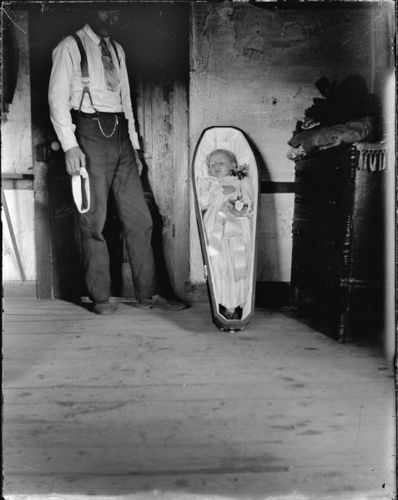
2. 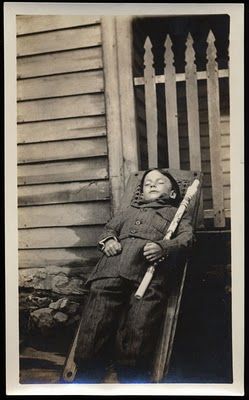
3. 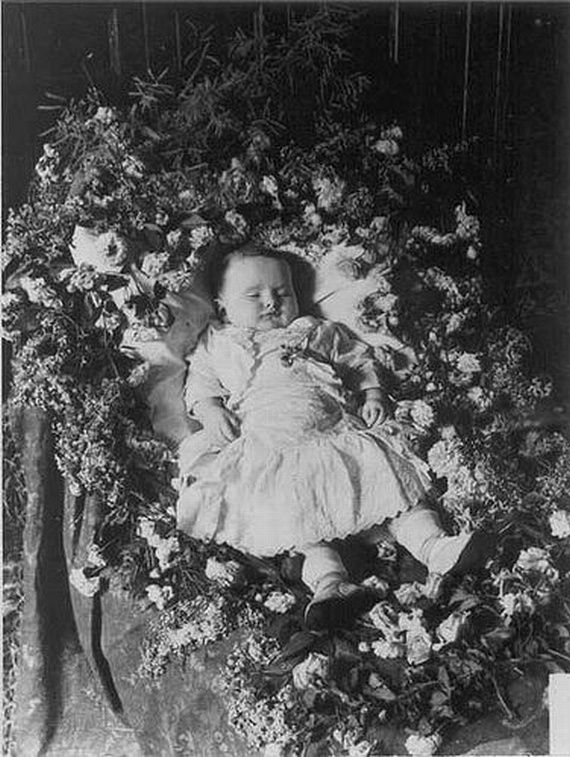
4. 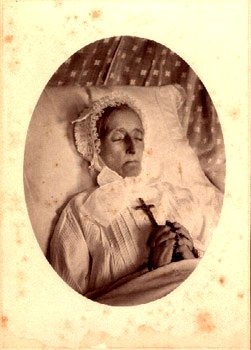
5. 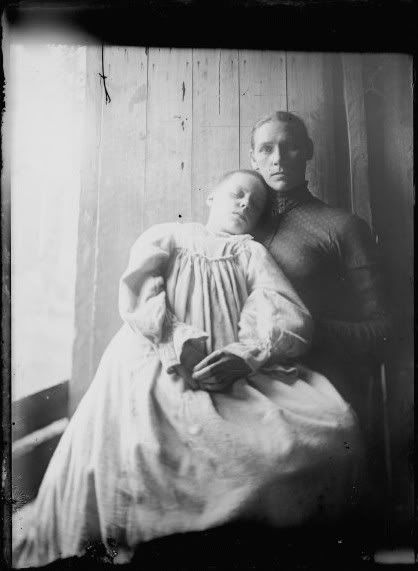
6. 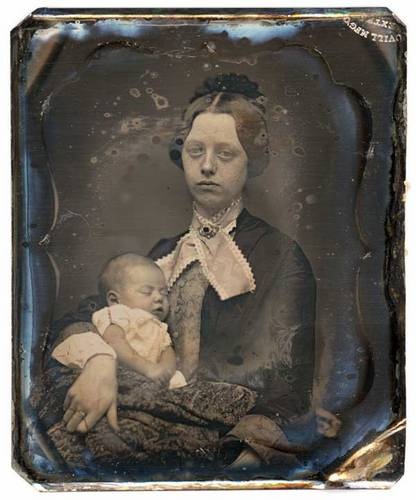 7.
7.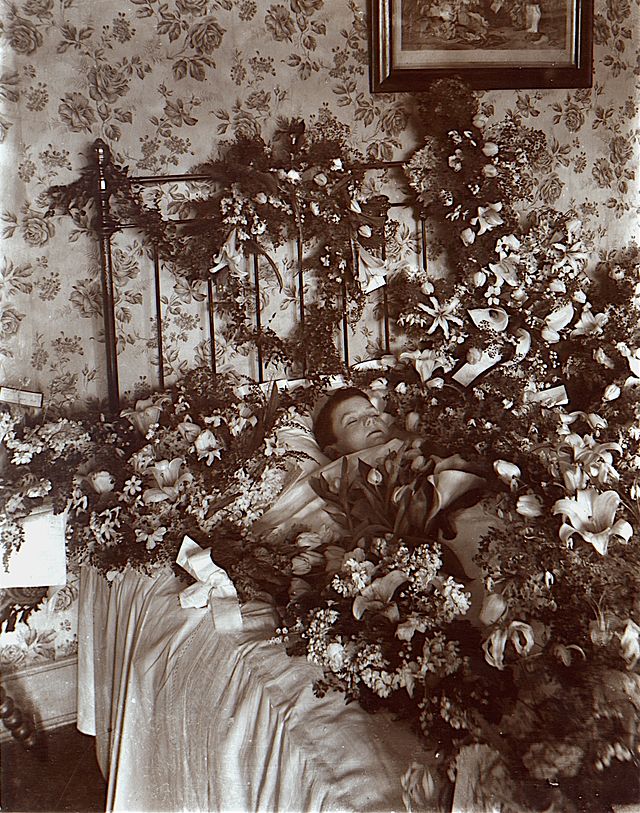
8.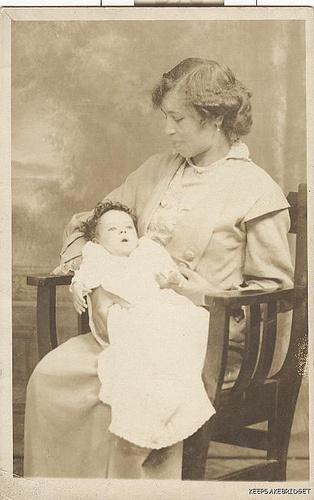
9. 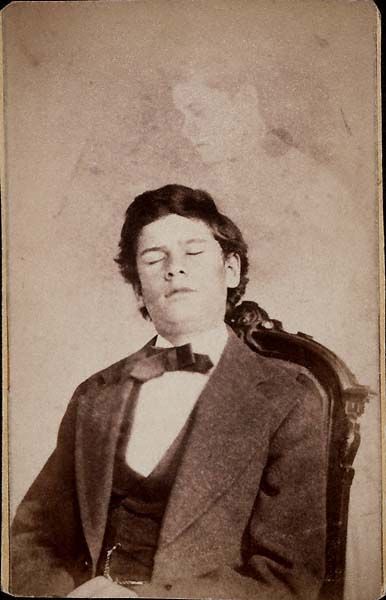
10.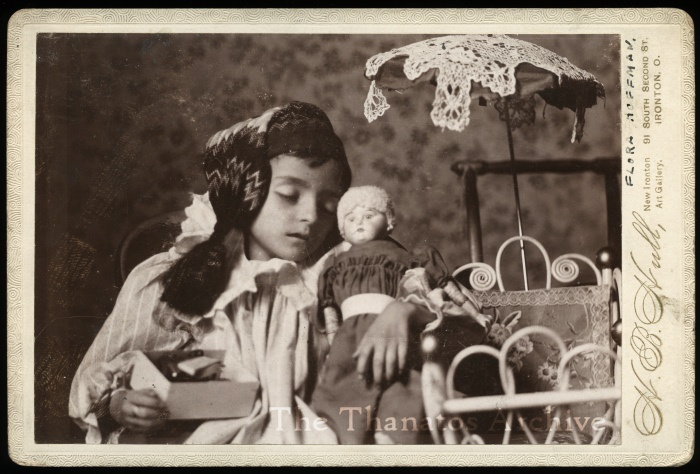
11. 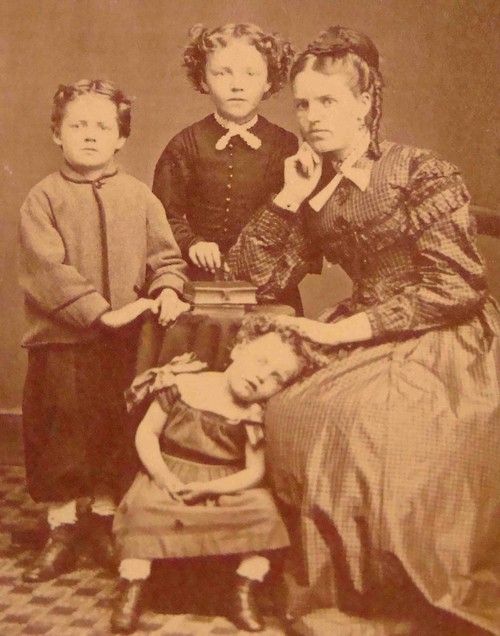
12. 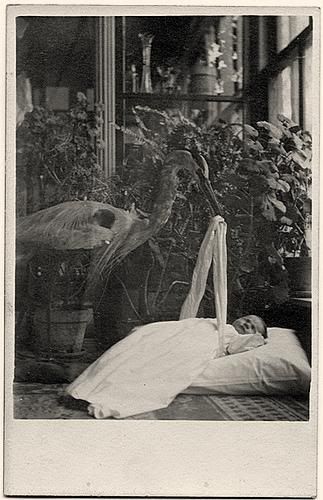
13. 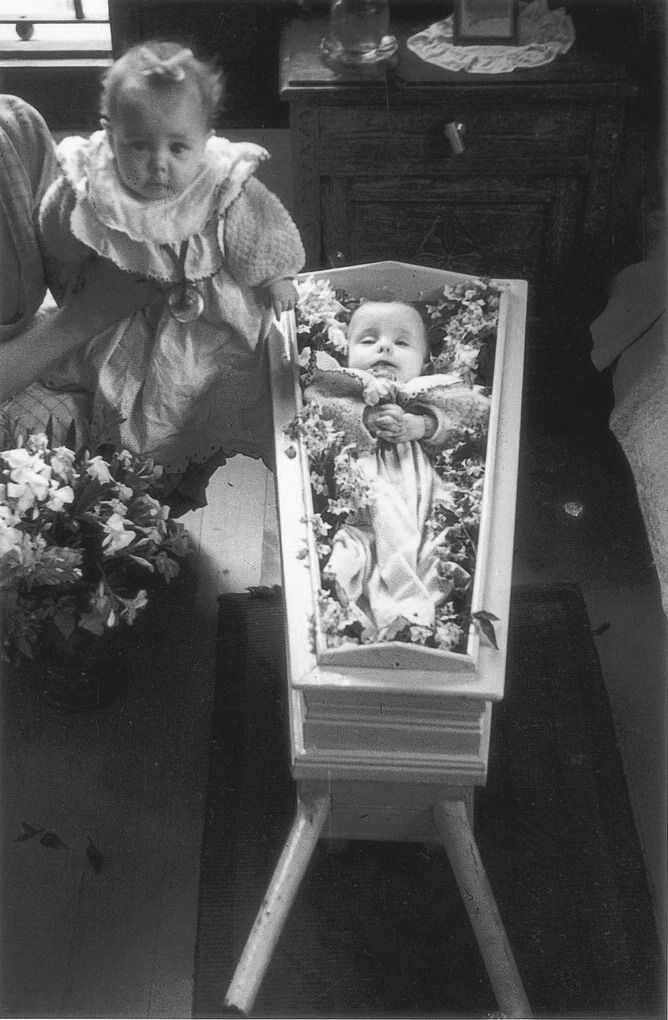
14.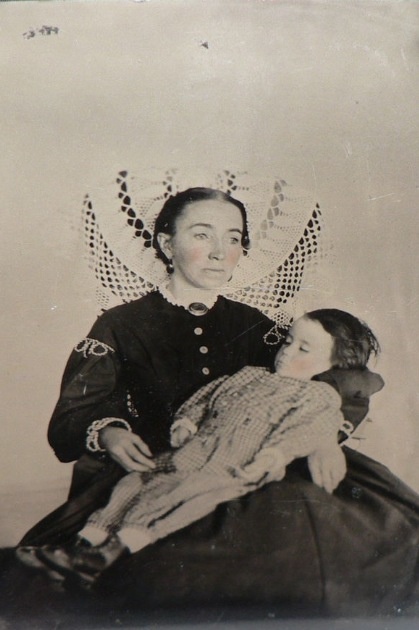
15. 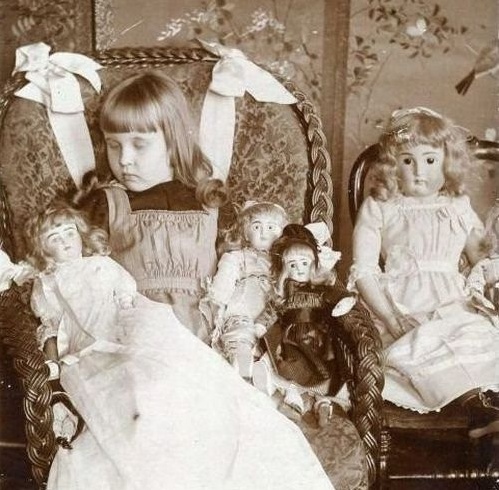
16. 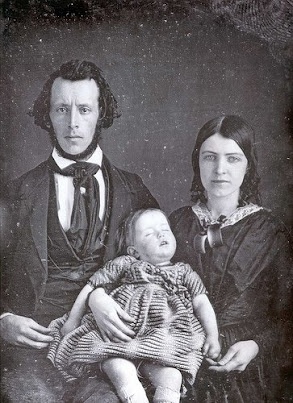
17. 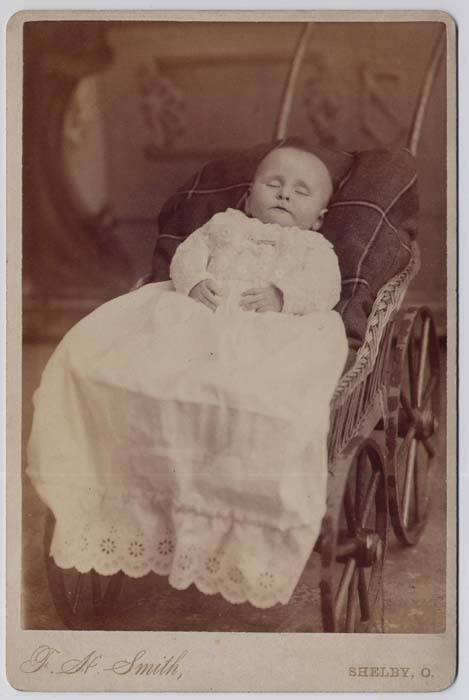
18. 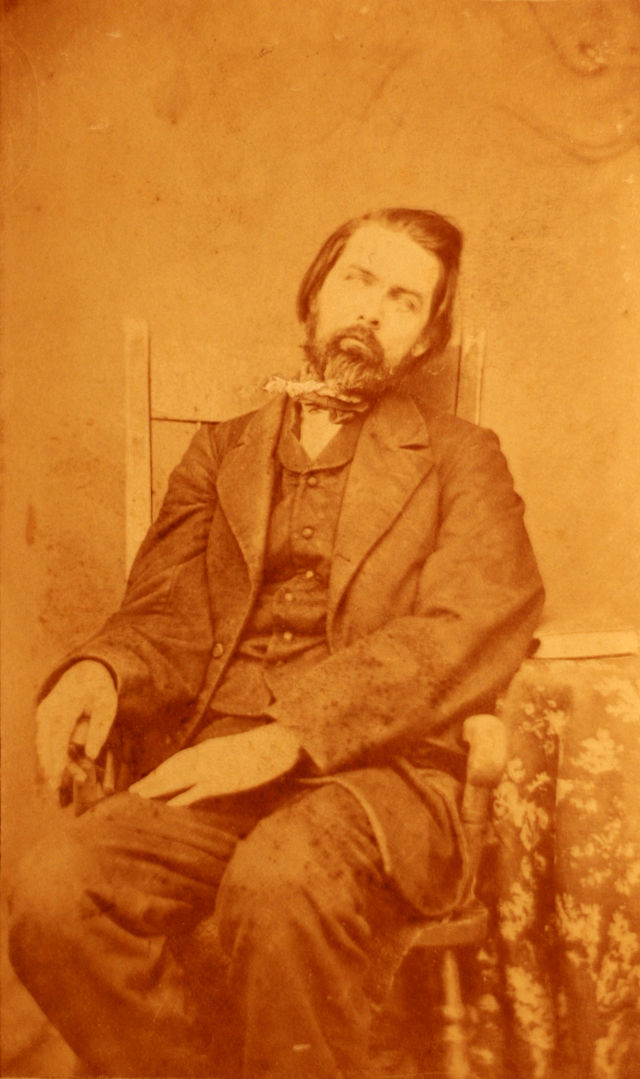
Why You May Never Heal

© 2010 Thomas Mueller, Flickr | CC-BY-ND | via Wylio
Pop psychology has implied that our grief can one day “heal.” That one day, we’ll come to a place — after going through an extensive emotional process — where we’re back to normal, as if the brokenness we feel has been mended.
In Kubler-Ross’ model, she listed five stages:
denial,
anger,
bargaining,
depression,
and acceptance.
Many of us (myself included) have been taught that Kubler-Ross’ five stages are in fact stages of grief; or a process that a bereaved person goes through after they’ve experienced the death of someone close. But Kubler-Ross’ model described the stages she saw in people who were dying; not a prescription for those going through a grief process.
Pop psychology has made Kubler-Ross’ model to be a model of grief and assumed that throughout the whole grief process, the bereaved should be experiencing what Freud called “decathexis”, which is a removal of emotional energy from the deceased; a detachment. Freud suggested that during and after “decathexis” we will take those emotional energies and reinvest them into another object or person in a process called “recathexis.” Essentially, we find other people to love … and use them to fill the “love hole” left by the deceased.
The assumption in pop psychology’s and Freud’s model is that the end of the grief process (healing, acceptance) is a form of detachment from the deceased.
But, I think they’re wrong.
Anna Lamott writes,
“You will lose someone you can’t live without, and your heart will be badly broken, and the bad news is that you never completely get over the loss of your beloved. But this is also the good news. They live forever in your broken heart that doesn’t seal back up. And you come through. It’s like having a broken leg that never heals perfectly—that still hurts when the weather gets cold, but you learn to dance with the limp.”
Instead of saying that the end of the grief process is detachment and healing, I think we should say that the healthy end of the grief process is adjustment. It’s adjusting to the fact that your loved one is no longer here to share life experiences with you. It’s adjusting to the loss of the future, but there’s never a detachment from the past.
We simply have on-going bonds with the deceased. They will forever be apart of us and instead of trying to “heal” and find “decathexis” (although I don’t think Freud’s idea is categorically wrong), we must learn to adjust and dance with our limp.
Over time, you will learn to adjust to the death of a loved one. A part of you has been lost and you will never find it again, so you must learn to live without it. But, don’t confuse your adjustment for healing. You may never heal.
This from Jandy Nelson over the loss of her sister, Bailey:
“My sister will die over and over again for the rest of my life. Grief is forever. It doesn’t go away; it becomes a part of you, step for step, breath for breath. I will never stop grieving Bailey because I will never stop loving her. That’s just how it is. Grief and love are conjoined, you don’t get one without the other. All I can do is love her, and love the world, emulate her by living with daring and spirit and joy.”
Maybe the reason we never heal is because our love never dies.
Obituary of a Cell Phone Called Simon
Today’s guest post is written by Sara LeeAnn Pryde.
We lay to rest this soggy cell phone, which was painstakingly assembled by impoverished children early in 2014. Little did he know he would be christened “Simon,” programmed to speak with a British accent, and made to address his owner as “Your Grace” – all whilst wearing lavender.
After a short life of emotional abuse, neglect and debauchery, Simon ended it all by drowning just after 10:00 a.m. this morning.
Simon spent the bulk of his time clutched in the cold hands of Your Grace, an eccentric woman purported to suffer from either antisocial personality disorder or some form of Asperger’s. (Simon heard she and her sister talking one day and Googled it. It was most enlightening.)
Daily, Simon was jammed in the rear with ear buds and forced to play hours of old school rap and Justin Beiber on maximum volume to drown out the ambient noise of humans interacting out in the big, boring world. Namely, Target.
Often, Simon was asked absurd questions about mirrors on the wall, which he tried to answer to Your Grace’s satisfaction.
On various occasions, Simon collaborated with Pinterest to create intricate meals, glittery eye shadow looks and earrings made of nothing more than paper clips and found string – for which he was never thanked.
Simon was subjected to hours of nonsensical textual conversations with other deviant types, and much to his shame, explicit images of Your Grace’s bum meant for her husband. He was forced to play cat videos on repeat. Especially that one where the cat wears a shark costume and rides around on a robot.
At the time of his death, Simon’s directory contained the phone numbers of two dozen very loud Portuguese people, 4 persons Your Grace sincerely hopes never to hear from again, 3 ex-convicts and 1 real, live prostitute. (Don’t you judge him.)
Simon will be sorely missed. Until next week when his shiny, new replacement arrives.
*****
About the author: Sara LeeAnn Pryde is an enigma wrapped in a question mark behind a coat of winged eyeliner. She’s moonlighted as a massage therapist, optometric assistant, erotica photographer, small business owner and social media manager, but if you ask what she does for a living, she’ll laugh and ask you if that’s the most interesting question you can come up with.


